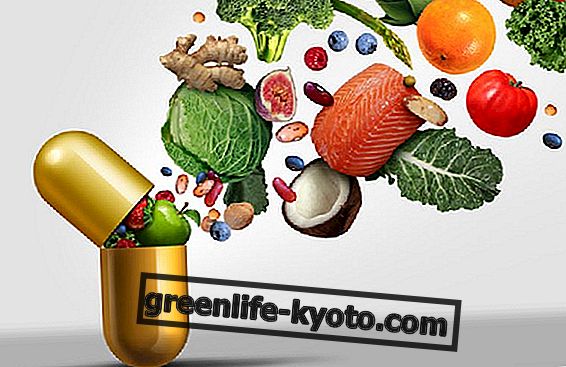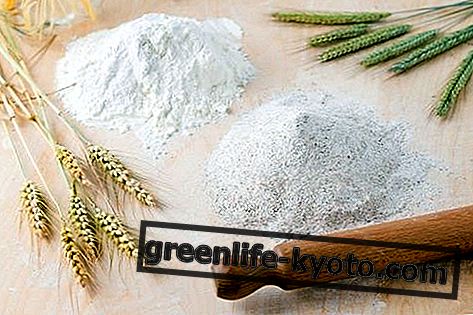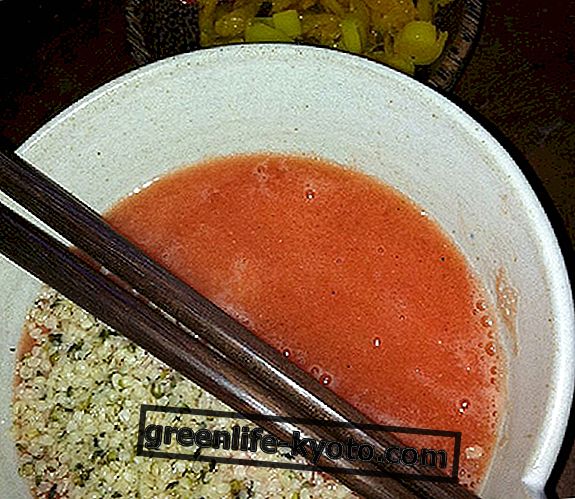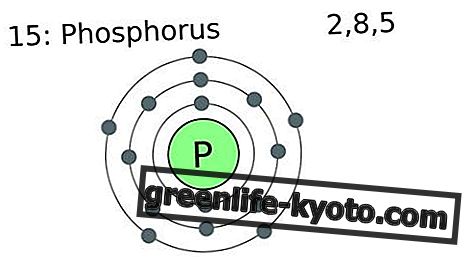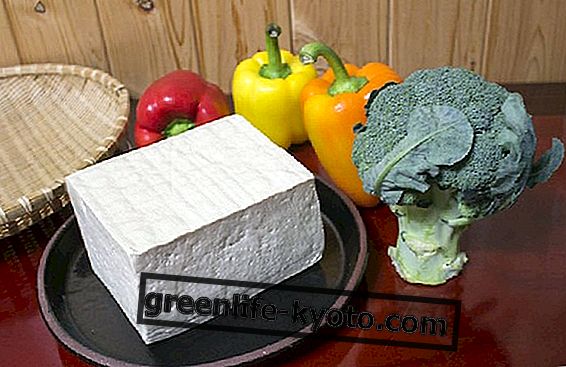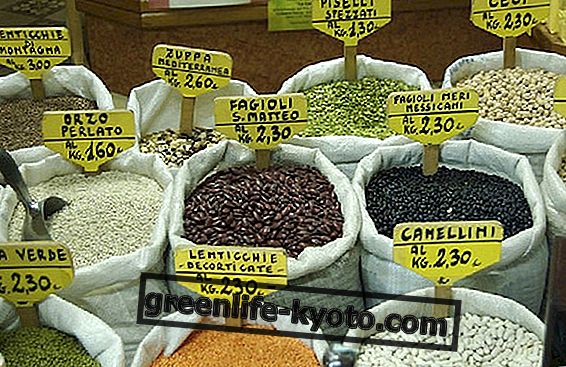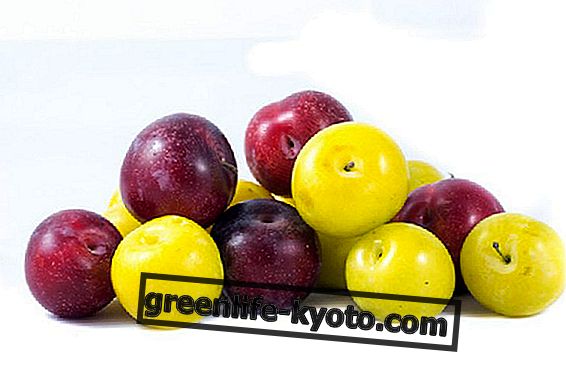
The plum is a fruit of the Prunus domestina plant and belongs to the Rosaceae family.
The plum fruit is large when an egg with a slightly elongated or more rounded shape depending on the plum varieties.
The fruit ripens from June to September and always varies according to the type of plum varieties - some are more precocious and others are later.
There are in fact many different varieties of plums that differ both in taste and in the color of the pulp and peel, so as to change from green to yellow, from orange to red, from blue to purplish.
The flavor of yellow plums is usually sour and juicy while the red ones are much sweeter ; the greens are also tasty and sweet, while the violet ones have a more suitable taste for canned preparation since they are excellent to cook and maintain their consistency.
Using prunes
Plums are found on the market both fresh and dried, usually taking the name of plums when we talk about fresh fruit and plums when they are dried.
The plums are eaten naturally like any other fruit and apart from the internal core all the rest is edible, including the skin that contains many beneficial substances such as pigments. Plums are excellent for fruit salads, smoothies and fresh juice extracts.
The plums are then transformed in the kitchen to prepare jams, compotes, syrups, jellies and of course also dried as prunes.
Plum composition
The composition of the plums is different from the plums precisely because the latter have lost almost all their water after drying and therefore all the substances are more concentrated in the dried plums.
Fresh plums have a caloric intake of between 30 and 45 kilocalories per 100 grams of fruit. While the dried prunes reach 220 kilocalories per 100 grams.
In dried prunes where everything is more concentrated, we have many more fibers, easily assimilable sugars, vitamins (A, C, E and K) and minerals such as potassium, calcium, phosphorus, magnesium, iron and zinc.
Furthermore, the amino acid part is really rich and sees tyrosine, methionine, leucine, lysine, cysteine, phenylalanine, histidine and gluttamic and aspartic acids.
Among the varieties of plums we also have differences in the composition and which also determine the different taste and texture of the fruit.
For example, the red plums are richer in sugars about 10.5 g while the yellow plums have a lower sugar presence which is around 7 gr.
These differences in nutrients affect both taste and also the same beneficial properties .
Properties of plums
Plums or plums are fruits rich in antioxidants that serve to keep us young thanks to their anti-aging power.
Antioxidants are in fact substances that counteract the free radicals present in our body and which are directly responsible for cellular aging.
In particular, red and blue prunes are rich in anthocyanins which, in addition to fighting free radicals, also have anticancer properties.
The plums of this color are therefore better to give a protective effect given that in addition to preventing some forms of cancer they even have an antiseptic action that helps to keep other diseases of bacterial or viral origin away.
The yellow or green plums are instead distinguished because they are slightly less rich in sugars than the red ones and therefore their caloric intake is lower: 35 kcal per 100 grams.
If we wanted to do a weight loss diet we should choose from the plum varieties the less sweet ones like yellow and green.
The plums, however, whether they are yellow or red, are rich in natural fibers especially if they are eaten with the peel and this helps our intestinal transit a lot by unblocking any problems of constipation.
This slightly laxative effect is reinforced by the presence of sorbitol which is a sugar capable of attracting water in the intestinal lumen with a fluidifying effect that counteracts constipation and helps in case of difficulty in transit of the stool.
The consumption of plums seems to have a beneficial effect on the heart which keeps it healthy by eliminating the risk of stroke and heart attack. In particular, red and purple plums are rich in pigments and active ingredients such as polyphenols that protect the cardiovascular system.
Plums are also good for the bones so that their consumption helps prevent menopausal problems by acting on the prevention of bone loss.



